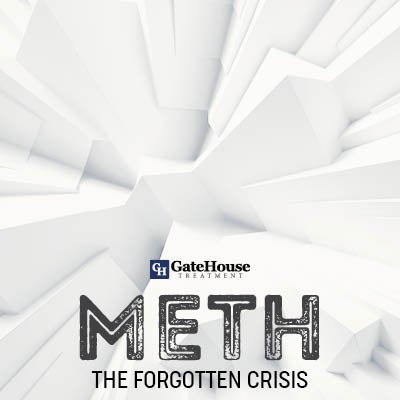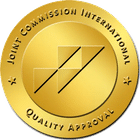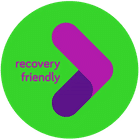
“It was the hardest boyfriend I ever had to break up with [referring to crystal methamphetamines]”
― Fergie
The opioid crisis has now become headline news. It’s talked about from kitchen tables to all the way up to the desk of the President of the United States. There is another monster lurking in the shadows. Meth is on a vicious comeback. Although less lethal than opioids the death toll increasing at a faster pace. Just this week, the Free Beacon released an article reporting some facts and explaining the how behind them. “An analysis conducted by the Free Beacon, based on publicly available data, shows that meth-associated overdose deaths rose more than 450 percent between 2008—the trough of the last meth crisis—and 2016.“
The meth crisis also made national news in February when The New York Times addressed the same issue entitled, “Meth, the Forgotten Killer, is Back. And It’s Everywhere.” Amanda Lucier writes, “The scourge of crystal meth, with its exploding labs and disastrous effect on teeth and skin, has been all but forgotten amid national concern over the opioid crisis. But 12 years after Congress took aggressive action to curtail it, meth has returned with a vengeance. Here in Oregon, meth-related deaths vastly outnumber those from heroin…Methamphetamine, experts say, has never been purer, cheaper or more lethal.”
Meth: What have we done about it before?
Both articles explain the same scenario but miss the more significant underlying point. The Times Article accurately states, “In 2005 Congress passed the Combat Methamphetamine Act, which put pseudoephedrine behind the counter, limited sales to 7.5 grams per customer in a 30-day period and required pharmacies to track sales. Although, some meth makers tried “smurfing,” sending emissaries to several stores to make purchases, meth cases plummeted.” The Free Beacon also confirms the government’s apparent success. The business world teaches that for every sale, there is a hidden result. When a CEO of a fortune 500 enters a new position, they always look to increase profits. Short minded thinking says the easiest way to do that is to cut expenses while keeping production the same. This often means downsizing, so people lose jobs. On paper, the stockholders see increases on quarterlies, but the hidden result is the retained employees have larger workloads and now work in fear of losing their jobs. Profits increase, morale plummets. Overall the company is hurt worse and usually impacted financially.
The connection here is the government’s legislation to help the meth crisis resulted in worsening it. “This prompted action by Congress and state legislatures, leading to a reduction in meth overdose deaths over the next three years. Legislation targeted the supply of precursors, primarily the cold medication Sudafed. “Mom-and-pop” meth labs, keys actors in the crisis, were starved out of existence. However, Americans’ taste for meth didn’t go away. Mexican cartels’ “super labs” filled the vacuum of domestic production created by the federal government. Meth is cheaper for the same reason that it is more prevalent, and the same reason overdose deaths are spiking: the supplanting of domestic producers by mass production in Mexico.” Charles Fain Lehman of the Washington Free Beacon covered it well. Cartels in Mexico saw an opportunity and seized it.
What’s the answer to dealing with the next addiction crisis?
The wrong approach will never bring the right result. So even the wins become losses. Treating a health care crises as a criminal issue will never solve the riddle. The War on Drugs has not worked. Take one dealer off the streets, and two more show up and battle for the corner the next day. Cut the head off the domestic snake, and a bigger worse international snake comes into your yard. If we look at other countries that have treated addiction as a healthcare issue even with such radical approaches as decriminalization, and we see not only results but different hidden results. The direct result has been a dramatic decrease in overdose deaths. The hidden result has been economic stimulation (see the cited blog on stigma and Portugal). Whether it’s been fewer hospital visits, huge savings on incarcerations costs, less loss on the cost to businesses bottom lines due to employee dysfunction or the vast amounts of addicts now being treated and reintegrated back into the workforce, all of the hidden results appear to be positive. Food for thought.
If you fear that you or a loved one is succumbing to the meth abuse crisis reach out to us here at GateHouse, we’re available 24 hours a day, seven days a week at (855) 448-3588 Speak with one of our admissions coordinators today to start your journey to sobriety.
- Cymbalta Withdrawal: Causes, Symptoms, And Management - October 12, 2023
- Boredom in Recovery: 5 Tips to Avoid Relapse - October 6, 2023
- Overconfidence and Rehab: Avoiding Relapse - October 4, 2023




